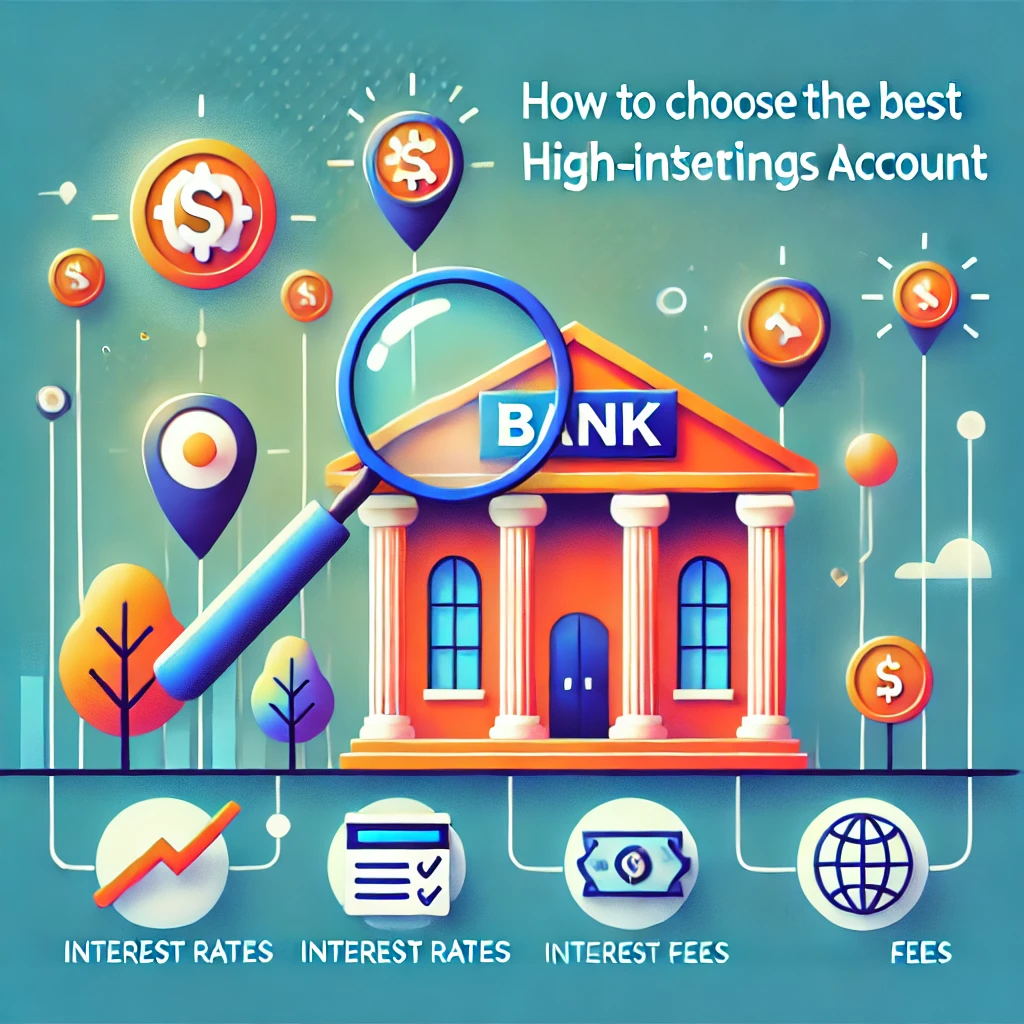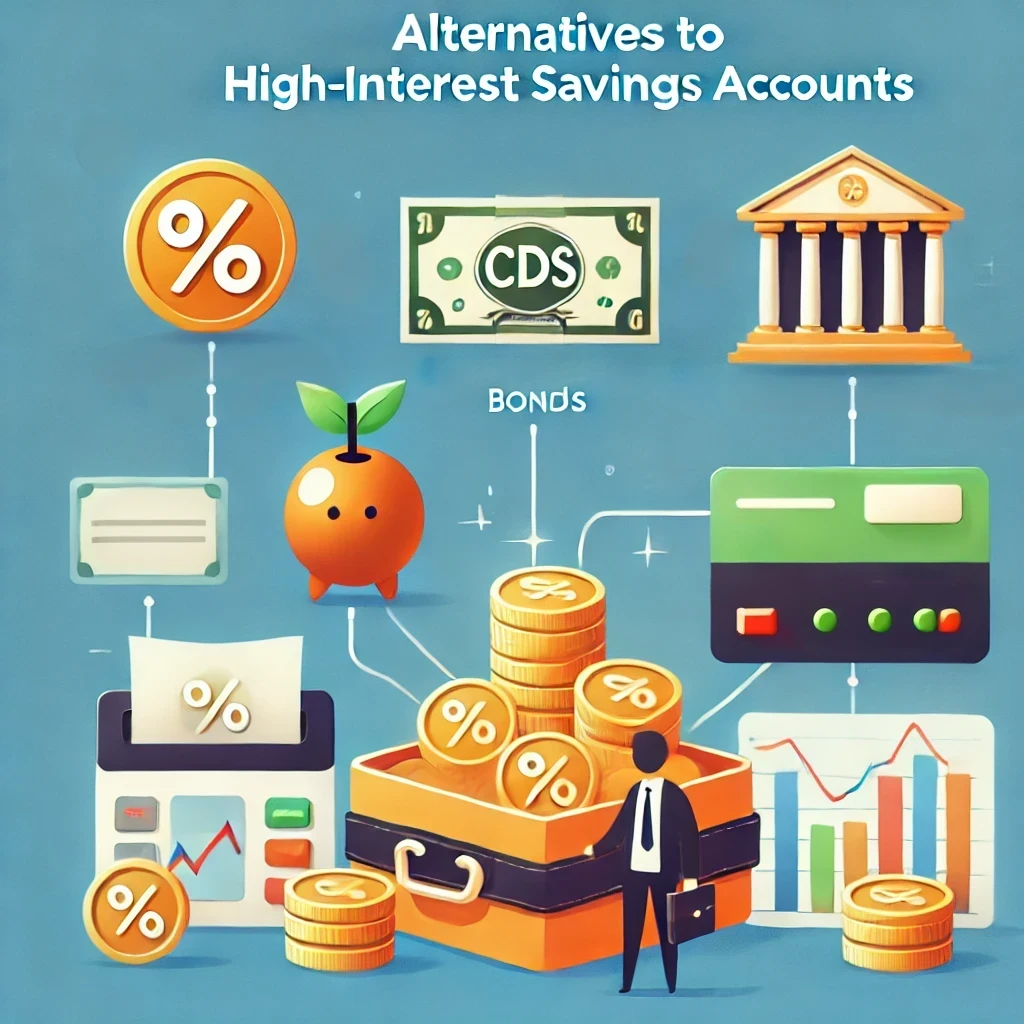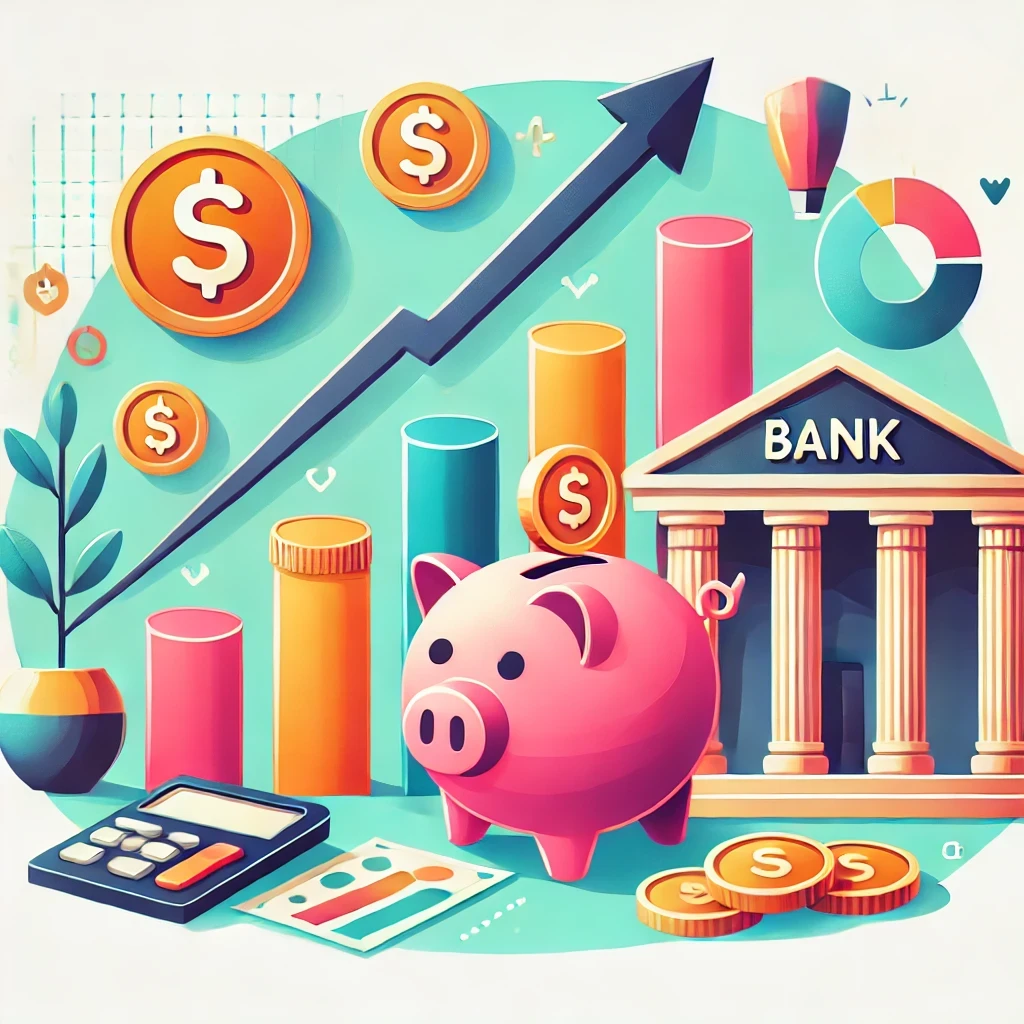When it comes to growing your wealth, high-interest savings accounts can be an excellent tool. These accounts offer higher interest rates than traditional savings accounts, enabling you to earn more on the money you set aside. In this article, we’ll dive into how high-interest savings accounts work, their benefits, and strategies for finding the right one to maximize your savings potential.
- What Are High-Interest Savings Accounts?
- Why Choose a High-Interest Savings Account?
- How to Choose the Best High-Interest Savings Account
- Maximizing Your Earnings with High-Interest Savings Accounts
- Alternatives to High-Interest Savings Accounts
- Common Questions About High-Interest Savings Accounts
- Conclusion: Is a High-Interest Savings Account Right for You?

What Are High-Interest Savings Accounts?
High-interest savings accounts are savings accounts that offer a higher annual percentage yield (APY) compared to traditional accounts. While standard savings accounts often offer minimal interest rates (sometimes as low as 0.01%), high-interest savings accounts can provide significantly better returns, often ranging from 1% to 4% APY.
These accounts are designed to encourage saving by rewarding you with higher returns on your deposits. They’re ideal for individuals looking to build an emergency fund, save for large purchases, or simply get more out of their existing savings.
Why Choose a High-Interest Savings Account?
There are several reasons why choosing a high-interest savings account is a smart financial move:
- Higher Returns on Your Savings: The most obvious benefit is the higher interest you’ll earn. Over time, the compounded interest can significantly boost your total savings.
- Liquidity: Unlike investments like stocks or bonds, savings accounts provide easy access to your money when you need it. This makes them a great place to park your emergency fund or short-term savings.
- Low Risk: High-interest savings accounts are typically insured by the FDIC, meaning your money is safe up to $250,000. This is a much lower-risk option compared to the stock market.
- No Hidden Fees: Many high-interest accounts come with little to no fees, helping you avoid charges that eat into your savings.

How to Choose the Best High-Interest Savings Account
Choosing the right high-interest savings account can be tricky, especially with so many options available. Here are some factors to consider when comparing accounts:
1. Interest Rate (APY)
The most important factor to consider is the annual percentage yield (APY). Compare multiple accounts to find one that offers a competitive interest rate. Even a slight difference in rates can make a huge impact on your savings over time.
2. Minimum Deposit Requirements
Some banks require a minimum deposit to open a high-interest savings account. Make sure you can meet these requirements without compromising your financial situation. Look for accounts with reasonable or no minimum deposit thresholds.
3. Fees
Even though most high-interest accounts have no fees, it's essential to confirm there aren't any hidden charges. Be on the lookout for:
- Monthly maintenance fees
- Withdrawal limits and associated penalties
- Transfer fees
4. Accessibility
You want an account that’s easy to access when you need it. Check whether the bank offers a user-friendly mobile app, online banking features, and customer support to manage your account effectively.

Maximizing Your Earnings with High-Interest Savings Accounts
Once you’ve chosen the right high-interest savings account, it’s time to make the most of it. Here are some strategies to help you maximize your earnings:
1. Automate Your Savings
Set up automatic transfers from your checking account to your savings account. Automating your savings ensures that you consistently contribute without having to think about it. Over time, these contributions will grow due to the power of compound interest.
2. Take Advantage of Promotions
Many banks offer promotional rates to new customers for the first few months. Take advantage of these promotions but remember to evaluate the regular interest rate after the promotional period ends.
3. Avoid Withdrawals
Many high-interest savings accounts limit the number of withdrawals you can make per month. To avoid penalties, limit withdrawals to emergencies only and let your savings grow undisturbed.
4. Increase Contributions When Possible
Whenever you receive a raise, bonus, or unexpected windfall, increase the amount you save. The more you contribute to your high-interest account, the more you’ll earn in interest over time.

Alternatives to High-Interest Savings Accounts
While high-interest savings accounts are an excellent tool, they’re not the only option for saving. Depending on your financial goals, you might want to consider some alternatives:
1. Certificates of Deposit (CDs)
Certificates of deposit offer a fixed interest rate for a set term, usually between 6 months and 5 years. While they often provide higher interest rates than savings accounts, they require you to lock in your money for a specific period. Withdrawing early may result in penalties.
2. Money Market Accounts
Money market accounts typically offer interest rates similar to high-interest savings accounts but come with added benefits, such as check-writing privileges. However, they may have higher minimum balance requirements.
3. Investment Accounts
If you’re looking for a higher return and can tolerate some risk, consider investment accounts like stocks, bonds, or mutual funds. While these come with higher potential rewards, they also carry the risk of losing money.
Common Questions About High-Interest Savings Accounts
1. How much can I earn with a high-interest savings account?
The amount you can earn depends on the APY and your account balance. For example, with a 2% APY, a $10,000 balance would earn around $200 in interest over a year.
2. Are high-interest savings accounts safe?
Yes, high-interest savings accounts are typically FDIC-insured, which means your money is protected up to $250,000 per depositor, per bank.
3. Do online banks offer better interest rates?
In many cases, yes. Online banks tend to have lower overhead costs compared to traditional brick-and-mortar banks, allowing them to offer more competitive interest rates.

Conclusion: Is a High-Interest Savings Account Right for You?
A high-interest savings account is a great choice for anyone looking to grow their savings with minimal risk. With higher interest rates, FDIC protection, and liquidity, these accounts provide a safe and effective way to increase your wealth. By choosing the right account, automating your savings, and avoiding unnecessary fees or withdrawals, you can maximize your earnings over time.
Whether you’re saving for an emergency fund, a large purchase, or simply want to make your money work harder, high-interest savings accounts are an excellent financial tool to consider.
Be sure to shop around for the best rates, and always read the fine print to avoid surprises. With the right strategy, you’ll be well on your way to maximizing your savings.

